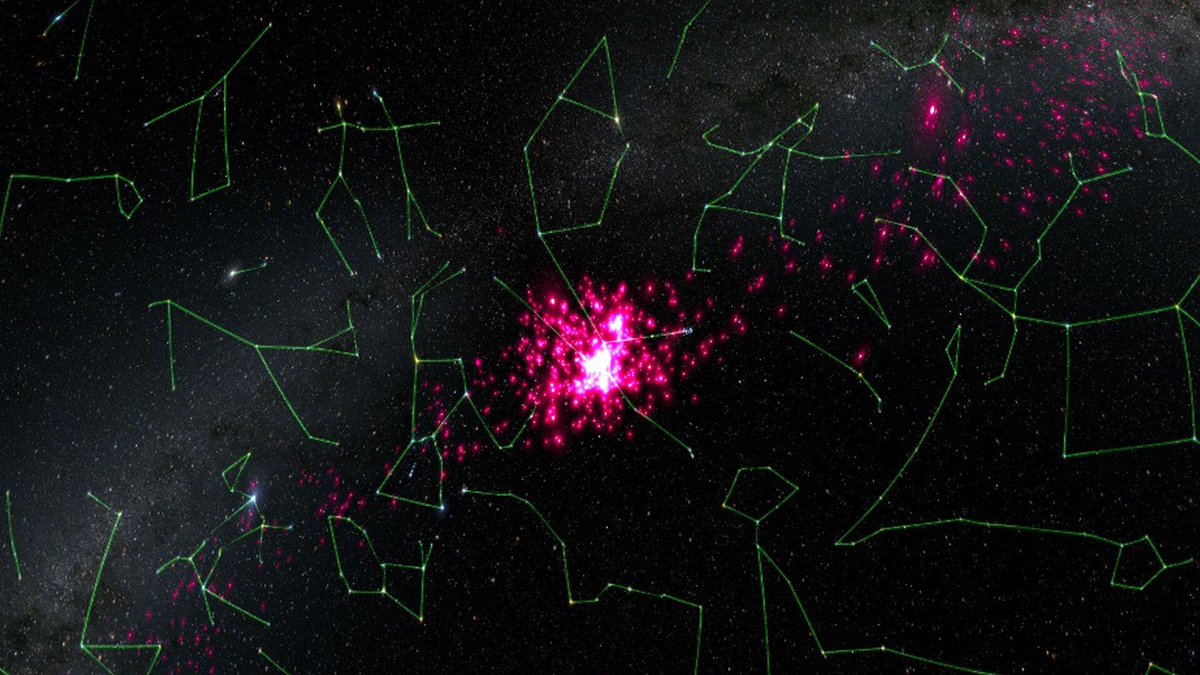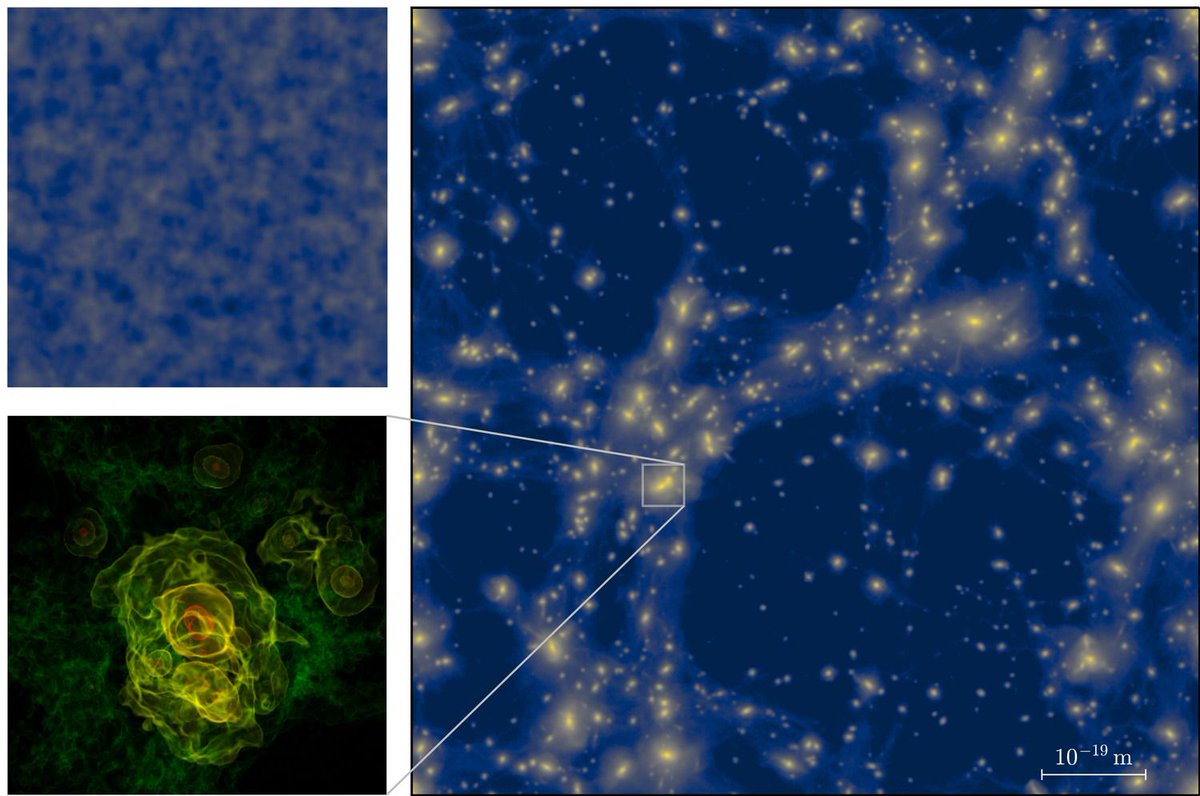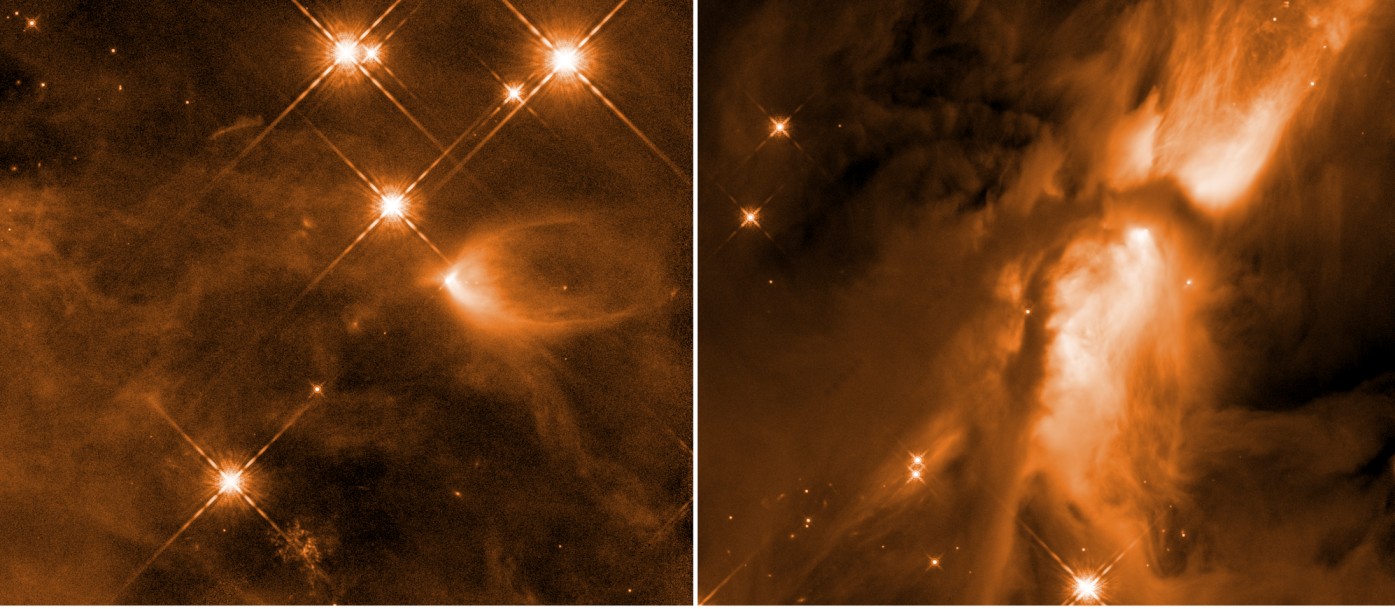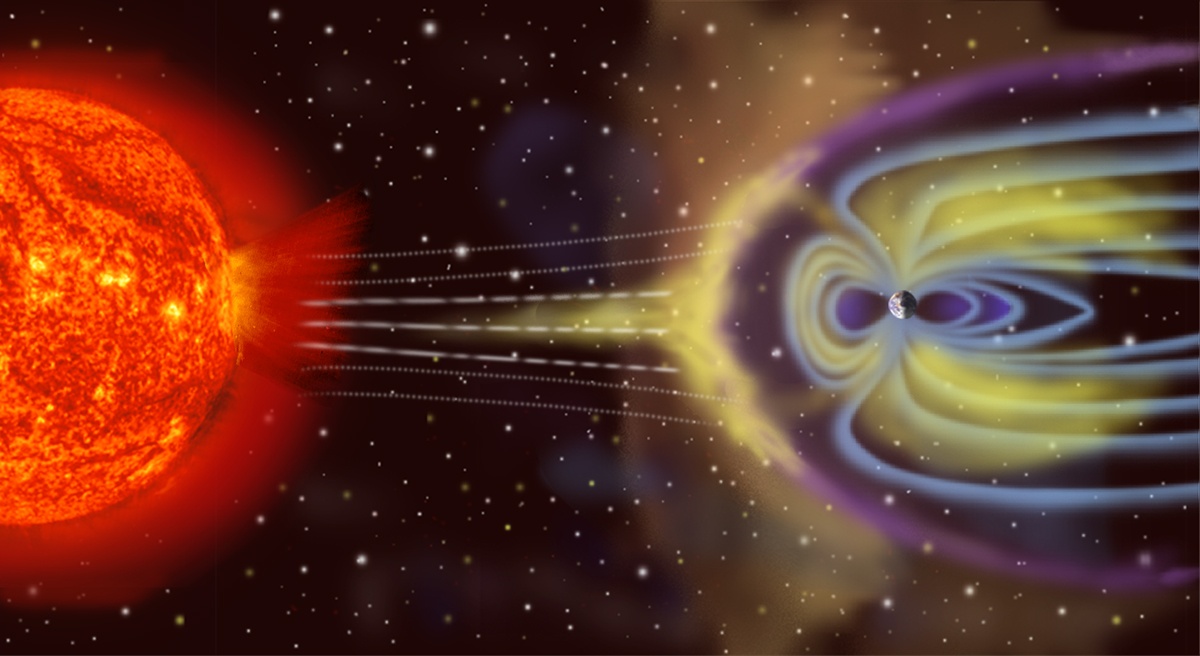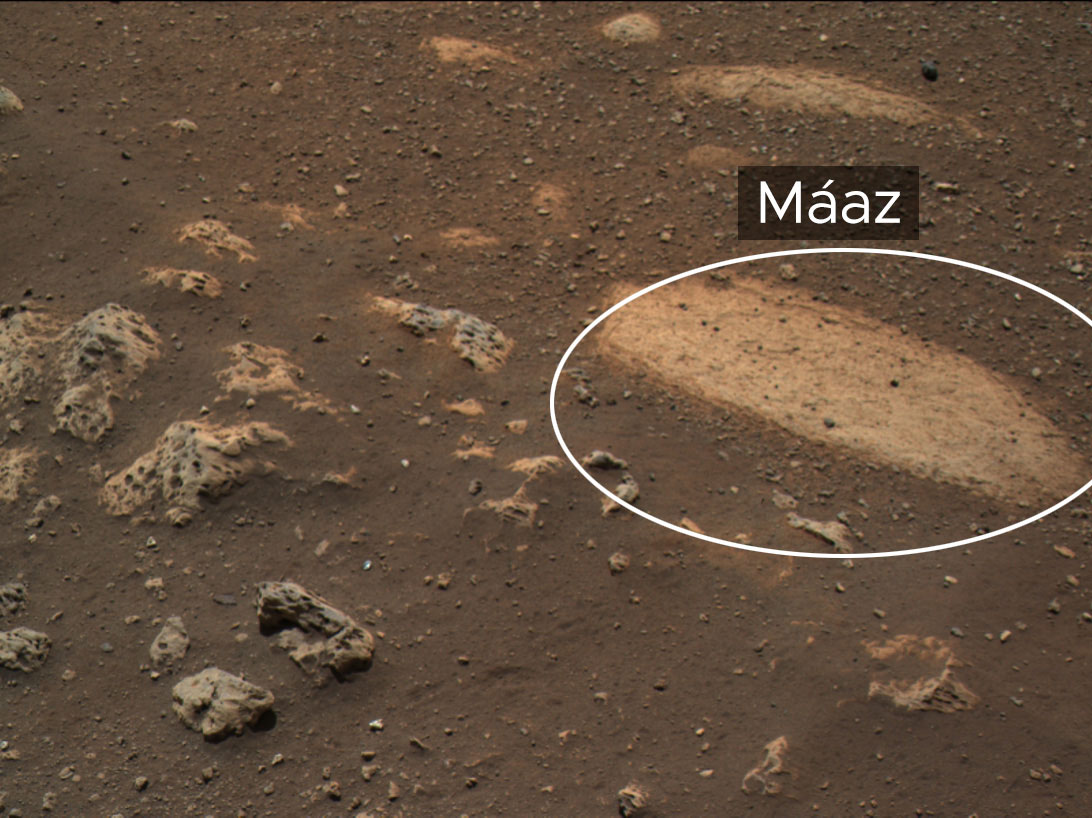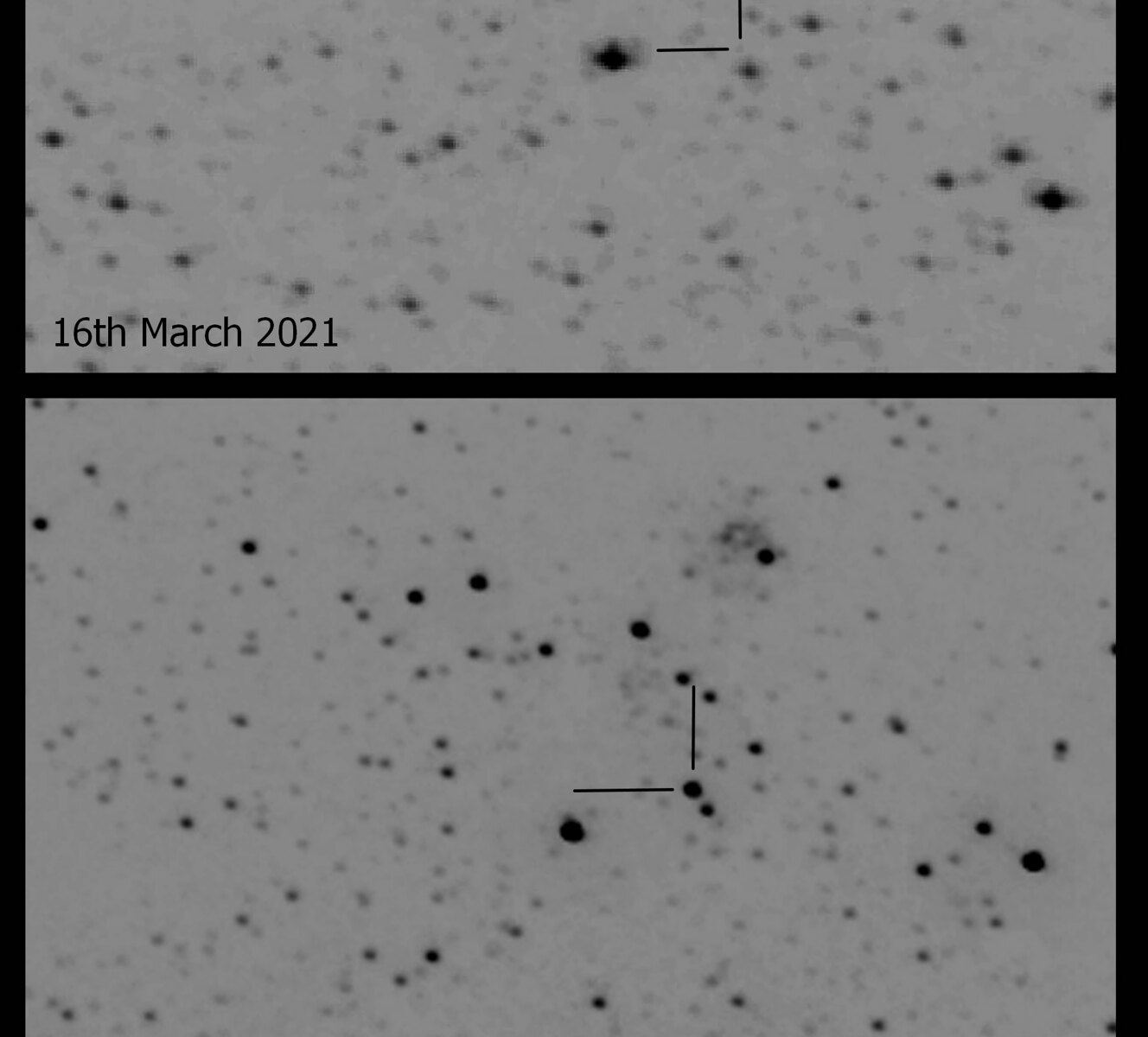Star clusters are interesting inhabitants of the sky. They vary in sizes, distances, and number of stars, but almost all are spectacular to look at. And most of them are in the process of being torn apart. That is certainly the case for the Hyades star cluster – the closest one to Earth at only 153 light years away. The problem is, there is something causing a lot more destruction than would be expected given the mass and energy in the surrounding space. Now, a team of scientists from ESA have a theory as to what the cause of the destruction might be – a mysterious dark matter sub-halo.
Continue reading “The Closest Star Cluster to Earth is Being Dismantled in Front of our Eyes”Simulating the Universe a Trillionth of a Second After the Big Bang
The Big Bang remains the best way to explain what happened at the beginning of the Universe. However, the incredible energies flowing during the early part of the bang are almost incomprehensive to our everyday experience. Luckily, computers aren’t so attached to normal human ways of thinking and have long been used to model the early universe right after the Bang. Now, a team from the University of Göttingen have created the most comprehensive model of what exactly happened in that very early stage of the universe – one trillionth of a second after the Big Bang.
Continue reading “Simulating the Universe a Trillionth of a Second After the Big Bang”Newly Forming Stars Don’t Blast Away Material as Previously Believed. So Why Do They Stop Growing?
We thought we understood how stars are formed. It turns out, we don’t. Not completely, anyway. A new study, recently conducted using data from the Hubble Space Telescope, is sending astronomers back to the drawing board to rewrite the accepted model of stellar formation.
Continue reading “Newly Forming Stars Don’t Blast Away Material as Previously Believed. So Why Do They Stop Growing?”A Very Powerful Solar Storm Hit the Earth Back in 1582
“A great fire appeared in the sky to the North, and lasted three nights,” wrote a Portuguese scribe in early March, 1582. Across the globe in feudal Japan, observers in Kyoto noted the same fiery red display in their skies too. Similar accounts of strange nighttime lights were recorded in Leipzig, Germany; Yecheon, South Korea; and a dozen other cities across Europe and East Asia.
It was a stunning event. While people living at high latitudes were well aware of auroras in 1582, most people living closer to the equator were not. The solar storm that year was unlike anything in living memory, and it was so strong it brought the aurora to latitudes as low as 28 degrees (in line with Florida, Egypt, and southern Japan). People this close to the equator had no frame of reference for such dazzling nighttime displays, and many took it as a religious portent.
Continue reading “A Very Powerful Solar Storm Hit the Earth Back in 1582”Rocks and Other Features at Perseverance’s Landing Site are Getting Navajo Names
On Feb. 18th, 2021, after spending six months in transit, the Perseverance rover landed in the Jezero Crater on Mars. By March 4th, it began driving short distances and calibrating its instruments in preparation for all the science operations it will conduct. Most recently, Perseverance began studying its first scientific target, a rock that has been named “Máaz” – the Navajo word for “Mars.”
Continue reading “Rocks and Other Features at Perseverance’s Landing Site are Getting Navajo Names”New Binocular Nova Cas 2021 Flares in Cassiopeia
A ‘new star’ erupted into visibility over the past weekend, and continues to brighten.
It began, as all modern astronomical alerts seem to, with one tweet, then two. Early on the morning of Friday, March 19th, we started seeing word that a nova was spotted in the constellation of Cassiopeia the Queen, near its border with Cepheus. At the time, the nova was at magnitude +10 ‘with a bullet,’ and still brightening. A formal notice came that same night from the American Association of Variable Star Observers (AAVSO) with Alert Notice 735 on the discovery of the first nova in Cassiopeia for 2021, Nova Cassiopeiae 2021, or N Cas 2021.
Continue reading “New Binocular Nova Cas 2021 Flares in Cassiopeia”An All-Sky X-Ray Survey Finds the Biggest Supernova Remnant Ever Seen
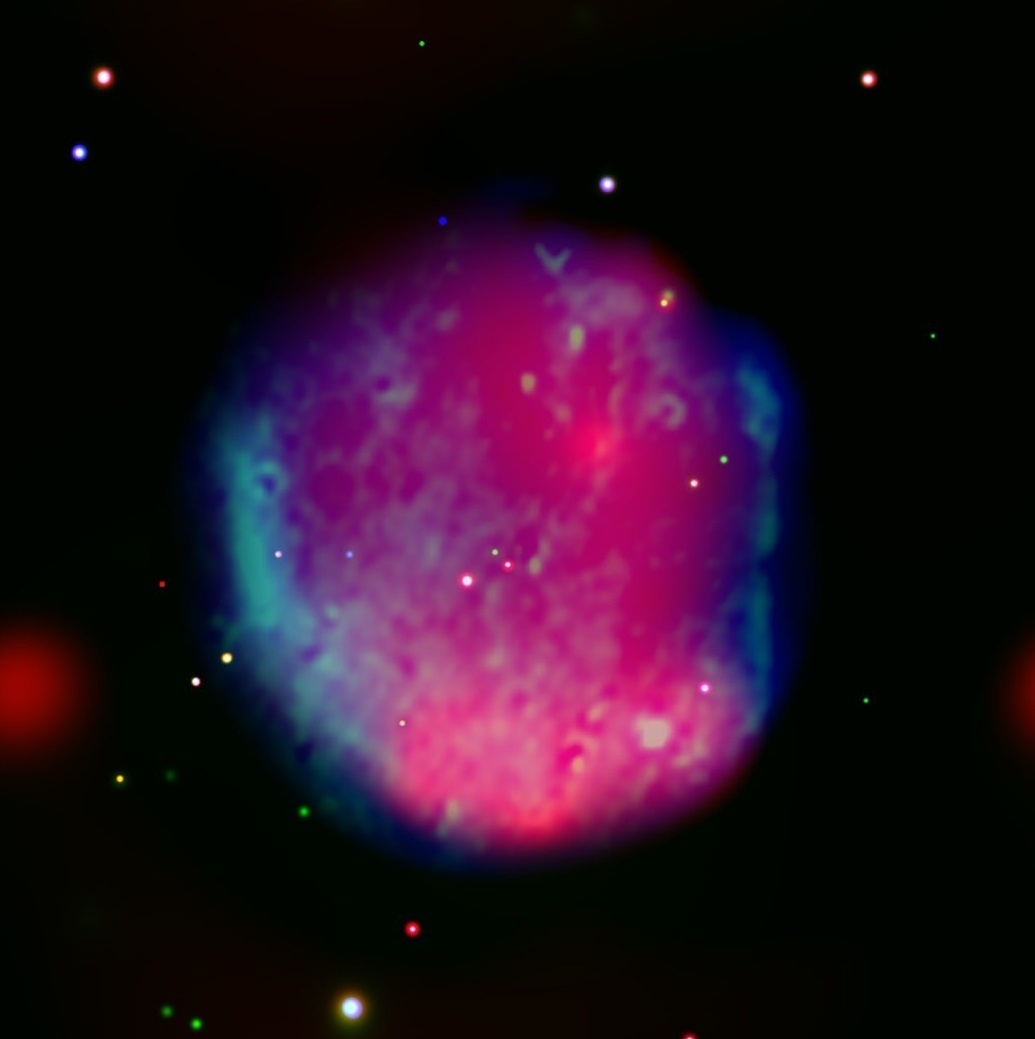
Our sky is missing supernovas. Stars live for millions or billions of years. But given the sheer number of stars in the Milky Way, we should still expect these cataclysmic stellar deaths every 30-50 years. Few of those explosions will be within naked-eye-range of Earth. Nova is from the Latin meaning “new”. Over the last 2000 years, humans have seen about seven “new” stars appear in the sky – some bright enough to be seen during the day – until they faded after the initial explosion. While we haven’t seen a new star appear in the sky for over 400 years, we can see the aftermath with telescopes – supernova remnants (SNRs) – the hot expanding gases of stellar explosions. SNRs are visible up to a 150,000 years before fading into the Galaxy. So, doing the math, there should be about 1200 visible SNRs in our sky but we’ve only managed to find about 300. That was until “Hoinga” was recently discovered. Named after the hometown of first author Scientist Werner Becker, whose research team found the SNR using the eROSITA All-Sky X-ray survey, Hoinga is one of the largest SNRs ever seen.
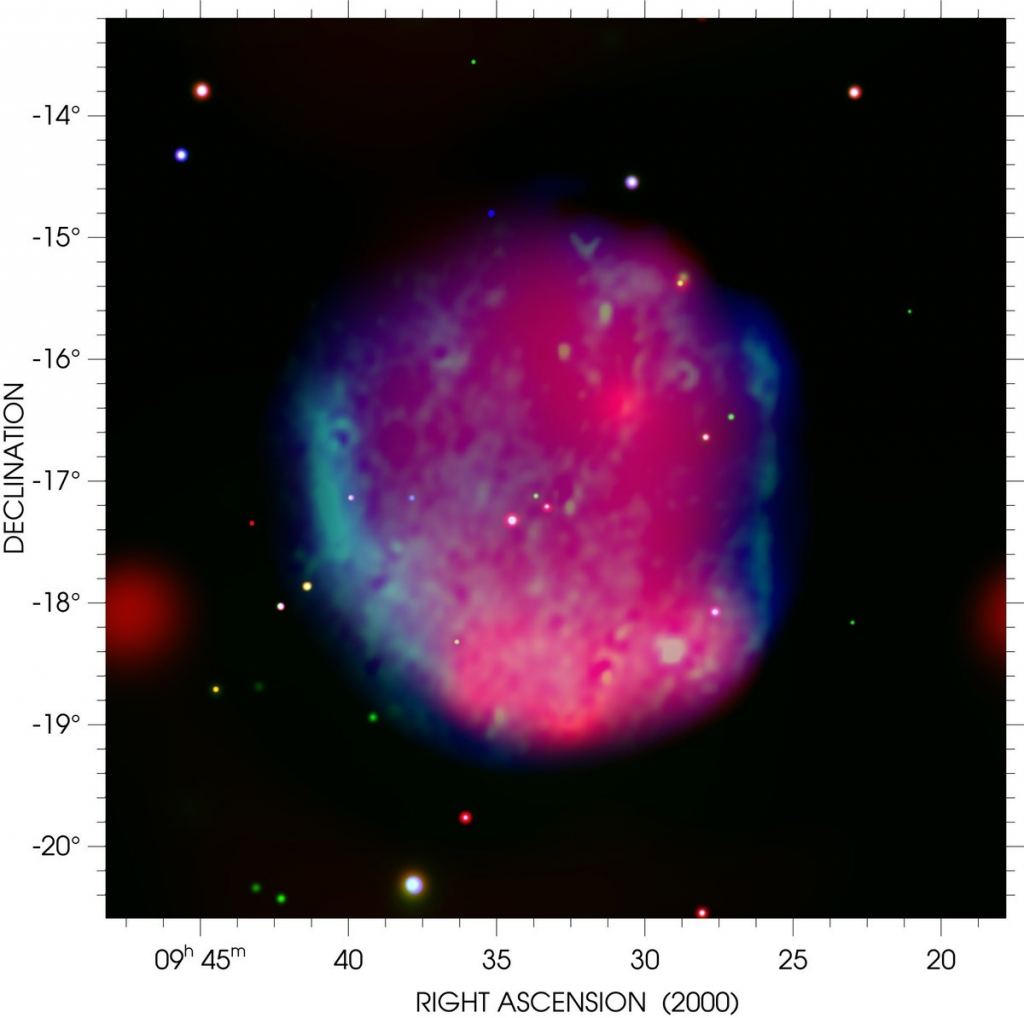
Credit: eROSITA/MPE (X-ray), CHIPASS/SPASS/N. Hurley-Walker, ICRAR-Curtin (Radio)
Oumuamua Isn’t an Alien Probe, Because Aliens can Learn Everything They Need About us With Telescopes
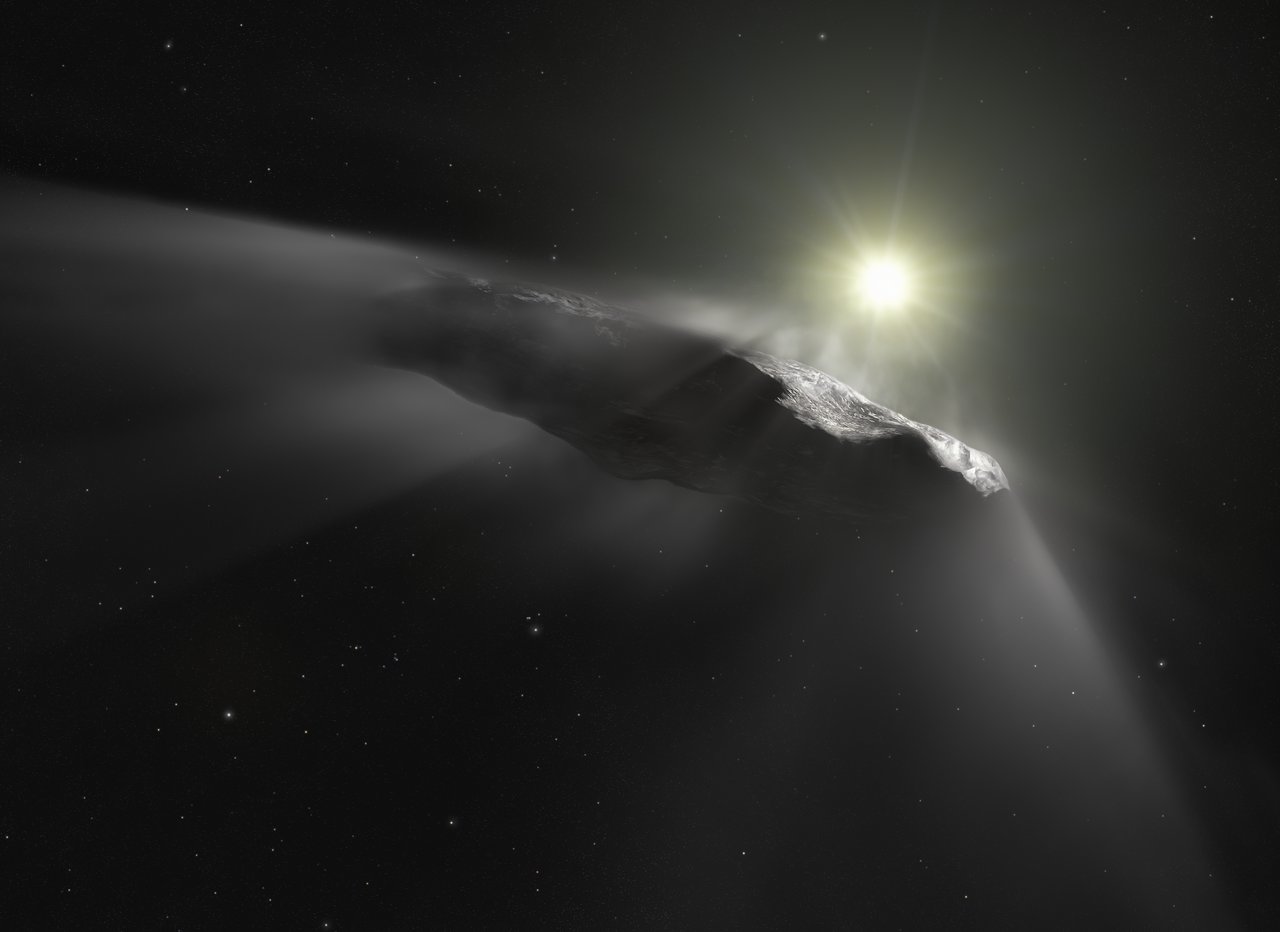
In the Fall of 2017, the first known interstellar object passed through the Solar System, triggering a revolution in astronomy. Because of the amonolous nature of the object, astronomers from all over the world were at a loss to explain what it was. Neither comet, nor asteroid, nor any other conventional object appeared to fit the bill, leading to all kinds of “exotic” explanations.
A particularly exotic explanation was offered by Harvard Professor Avi Loeb and his former postdoc (Dr. Shmuel Bialy), who hypothesized that ‘Oumuamua could have been an extraterrestrial lightsail. Whereas most rebuttal papers questioned the evidence presented, a new study by astrophysicist and UCLA emeritus professor Ben Zuckerman questioned something else: why would an extraterrestrial civilization want to send a probe our way?
Continue reading “Oumuamua Isn’t an Alien Probe, Because Aliens can Learn Everything They Need About us With Telescopes”Tracking Satellites Through GEOSat Eclipse Season
You can spot ‘GEOSat’ satellites in far-flung orbits… if you know exactly where and when to look.
Watch the sky long enough, and you’re bound to see one.
Seasoned observers are very familiar with seeing satellites in low Earth orbit, as these modern artificial sky apparitions lit by sunlight grace the dawn or dusk sky. Occasionally, you might even see a flare from a passing satellite, as a reflective solar panel catches the last rays of sunlight passing overhead just right…
Continue reading “Tracking Satellites Through GEOSat Eclipse Season”Do Supermassive Black Holes Come From Supermassive Stars?
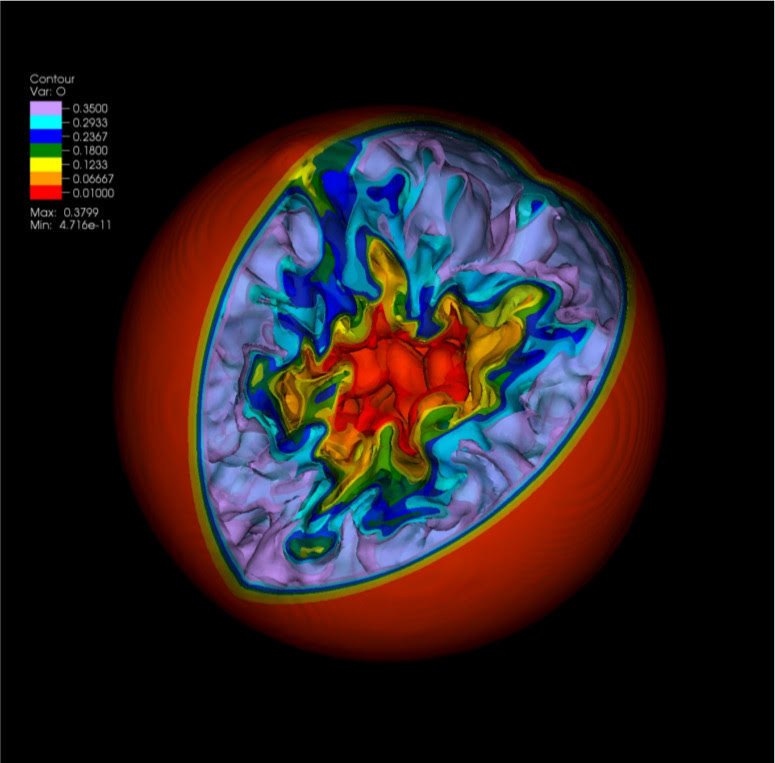
The gargantuan supermassive black holes at the center of seemingly every galaxy are among the most fascinating and extreme objects known to modern astronomy and cosmology. With masses well in excess of millions, and sometimes billions that of our Sun, it is nearly impossible to comprehend the extraordinary size of these celestial leviathans. One of the great mysteries of modern astrophysics is answering how such enormous objects got started. In a press release published on March 10th, researchers propose that the origins of supermassive black holes may lie with long since extinct, first-generation stars with masses far above the most massive stars in the modern Universe. Not only do they propose such giants existed, but also they suggest that they’ve found a way to detect a particular subset of these stars. This breakthrough is thanks to our old friend, Einstein’s General Theory of Relativity.
Continue reading “Do Supermassive Black Holes Come From Supermassive Stars?”
